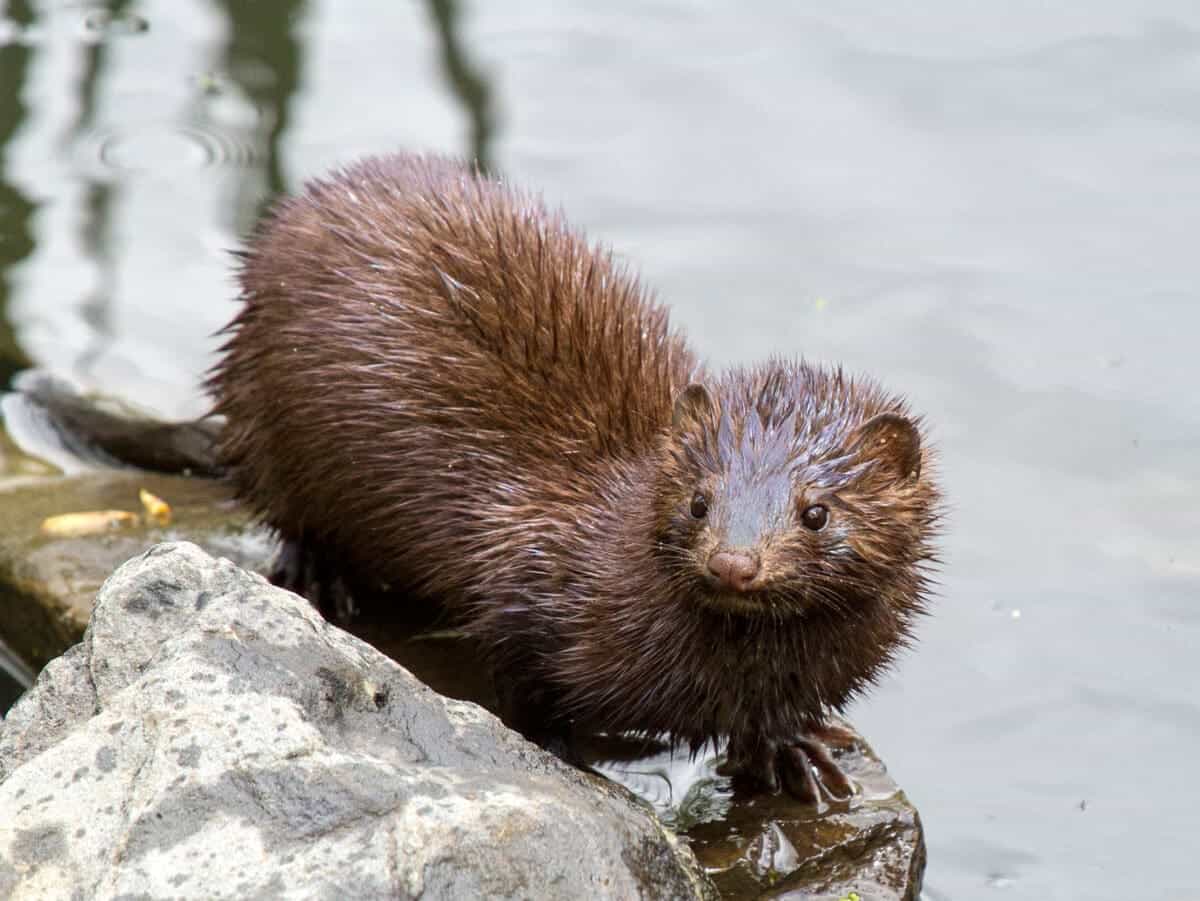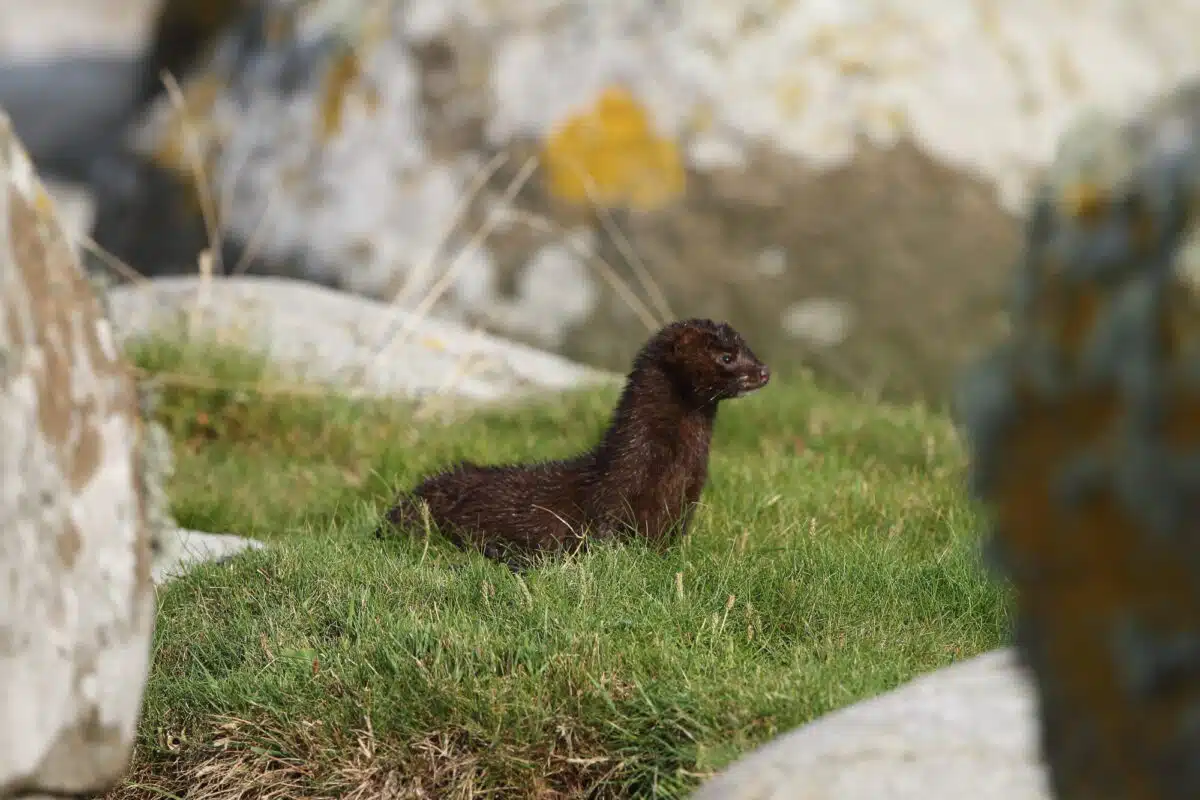Domestication has long been known to induce significant changes in the physiology and behavior of animals. This process, which involves selective breeding for traits desirable to humans, often results in physical and neurological alterations compared to their wild counterparts. A notable example of this is the reduction in brain size, a phenomenon observed across various domesticated species, including sheep, pigs, and cows. This change, often referred to as the domestication effect, has been considered a permanent alteration, with the assumption that once certain brain regions are lost through evolution, they cannot be regained.

The American Mink: A Case Study in Reversing Domestication
However, recent studies on the American mink have challenged this long-held belief. Native to North America and domesticated for over a century primarily for the fur trade, the American mink presents a unique case. After being bred in Europe for fur farming, some of these captive animals escaped, forming feral populations across the continent. This situation provided researchers with an ideal opportunity to study the effects of domestication and its potential reversal, as there were distinct populations of wild, domesticated, and feral minks available for comparison.
Brain Size Regrowth in Feral Minks
A groundbreaking study by the Max Planck Institute of Animal Behavior (Pohle et al., 2023) revealed that the brains of captive-bred minks had shrunk by about 25% compared to their wild ancestors. However, in a surprising turn of events, the feral mink populations, which had escaped captivity and lived in the wild for several generations, showed almost complete regrowth of their brain size, reaching nearly the same size as that of their wild counterparts within 50 generations. This discovery indicates that the loss of brain size in domesticated animals is not a permanent change and can be reversed under certain conditions.

Understanding the Mechanism: Dehnel’s Phenomenon
The ability of the American mink to reverse the domestication effect on brain size may be attributed to a unique biological characteristic known as Dehnel’s phenomenon. This phenomenon, observed in a family of small mammals that include shrews, moles, weasels, and minks, allows these animals to seasonally change their brain size. The flexibility in brain size inherent to these species could be a key factor enabling the mink to regain their ancestral brain sizes after re-entering the wild. This adaptability would be particularly advantageous for animals facing the challenges of survival in natural environments after escaping captivity.
Implications and Future Research
The findings from the study on American minks have significant implications for our understanding of domestication and its effects on animal physiology. It suggests that the domestication process may not be as irreversible as previously thought, at least in certain species. This opens up new avenues for research into the plasticity of the animal brain and how it responds to changes in environment and lifestyle.

Future studies are needed to explore further how these changes in brain size affect the functionality and behavior of the animals. Researchers are particularly interested in examining the brains of feral minks to understand how the regrowth impacts their cognitive abilities and adaptation to the wild. Such research could provide valuable insights into the evolutionary processes underlying domestication and rewilding.
Conclusion
The case of the American mink offers a fascinating glimpse into the dynamic nature of animal physiology and the potential for reversing certain effects of domestication. It challenges our traditional views on the permanence of domestication-induced changes and highlights the remarkable adaptability of the animal brain. As we continue to explore the complexities of domestication and its reversal, we gain a deeper appreciation for the intricate interplay between genetics, environment, and evolution in shaping the lives of the animals with whom we share our planet.
References
Pohle, A.K., Zalewski, A., Muturi, M., Dullin, C., Farková, L., Keicher, L. and Dechmann, D.K., 2023. Domestication effect of reduced brain size is reverted when mink become feral. Royal Society Open Science, 10(7), p.230463.
You might also enjoy:
Watch: The Andean Condor, Royalty of the Andes Mountains
New Frontiers in Marine Biology as Costa Rica Waters Reveal Unique Octopus Species
Pygmy Sperm Whales Beach Themselves near Cape Town
Join our Forum for free today!

- The Bond Between a Wild Baby Bison and Her Rescuer - July 20, 2024
- An Excited Husky’s First Ever Time in Snow - July 20, 2024
- Top 20 Colorful Species To Brighten Your Day - July 14, 2024

